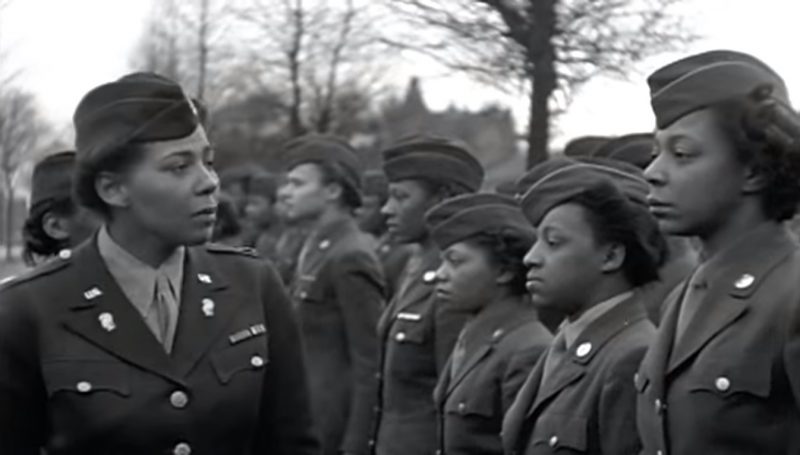During WWII, the US did its best to maintain the flow of mail to its troops in Europe. Unfortunately, most able-bodied workers were either fighting or busy supporting the war effort at home. Their solution? Use African-American women.
It all started with Mary McLeod Bethune. Born to freed slaves, Bethune educated herself, set up a school for African-Americans, and later joined President Roosevelt’s Black Cabinet.
In that capacity, Bethune became assistant to the secretary of war. At the onset of WWII, America set up the Women’s Army Auxiliary Corps (WAAC), but it was only open to whites.
Bethune wanted to give black women a chance to enter the WAAC, which was how Charity Edna Adams got involved. Born in Columbia, South Carolina on December 5th, 1918 Charity didn’t exactly have it easy, either.
Growing up black in the South, her father was a pastor who was fluent in Greek and Hebrew, while her mother was a teacher. The latter was so committed to education that she’d proofread and edit everything her children wrote.
Charity graduated from high school as a valedictorian and got into Wilberforce College where she majored in math and physics. She then went on to the Ohio State University to work on her masters in vocational psychology while working as a teacher.
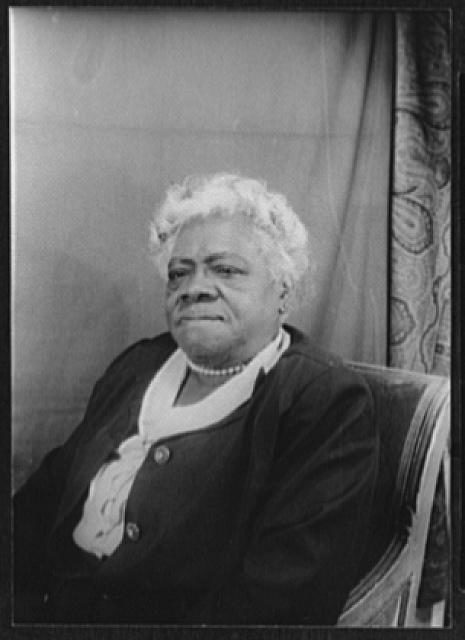
In June 1942, she received a letter that would change the course of her life – an invitation to join the WAAC. She filled out the application on a whim, but didn’t expect anything. Since when did the government show interest in a black woman like her?
Well apparently, they did. Against the wishes of friends, colleagues, and family, Charity was sworn into the WAAC the following month.
Her new home was a military base in Des Moines, Iowa. To her surprise, her group was a mixed batch of 25 black and white women, something that excited the press. It didn’t last. Once the press left, the Army segregated them.
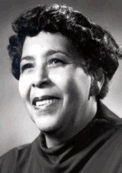
By August, Charity became the first commissioned African-American female officer. The Third Training Regiment had two white and one black platoon. Charity was put into the latter – the Third Company.
By December, she was a first officer. Taking a train back home for the holidays, she was barred from the dining car despite her uniform. Fortunately, a white lieutenant spoke up for Charity and even joined her for the meal.
The joy of her family reunion was short-lived, however. Earlier that year, her father became president of the local branch of the National Association for the Advancement of Colored People (NAACP), and the Klu Klux Klan (KKK) weren’t too happy about it.
So they drove up to the Adams’ house and surrounded the property all night. Charity spent that entire time awake, armed to the teeth with the rest of her family, and fearing the worst.
Fortunately, nothing happened. Believing that they had made their point, the KKK left the next morning without a single shot fired.
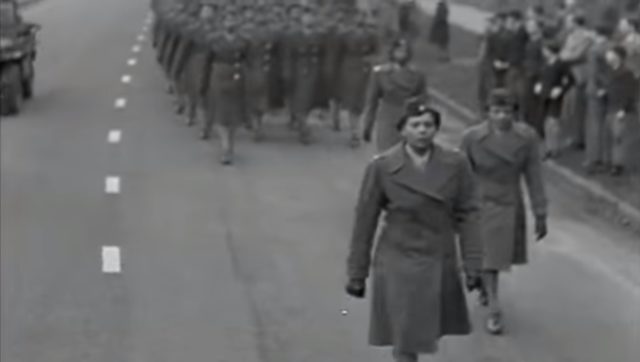
Till then, Charity had worked hard to make something of herself – but that incident taught her it wasn’t enough. There were far too many African-Americans who lacked her opportunities. As long as whites held to their stereotypes of blacks, nothing would change. It was time to do something about it.
She became a training supervisor, doing so well that they made her tour other bases throughout the country. By early 1944, Charity became the Training Center control officer, tasked with improving efficiency and job training. She also became a Surveying Officer (in charge of lost property) and a Summary Court Officer (in charge of women’s trials).
By December, Charity was a major and put in charge of the first black WAAC to be sent to Europe. By then, the mail was piling up due to the lack of manpower, so the 6888th Central Postal Directory Battalion was formed.
This was made up of 855 African-American women divided into five companies whose motto was: “No mail, no morale.” The 6888th left the US in February 1945 and arrived in a residential district in Birmingham to the astonishment of its residents.
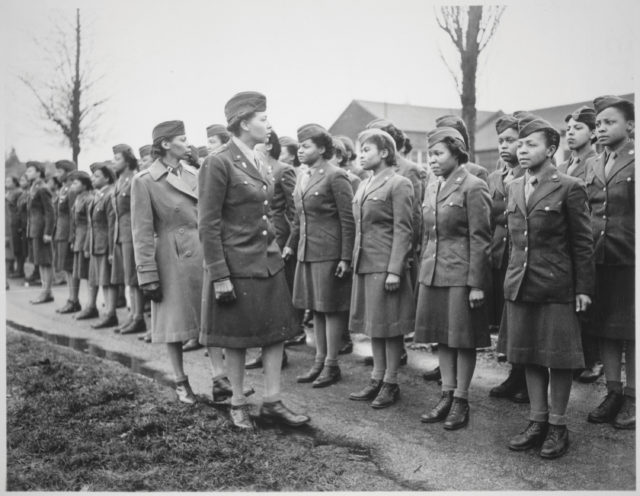
The troops marched proudly to their new offices, till they saw what awaited them. The place was in shambles, letters were stacked to the rafters – some undelivered for two years!
To make things worse, many had only the first names or nicknames of the soldier they were addressed to. Due to lack of funds and supplies, the women had to work in unheated warehouses throughout the winter. While the white soldiers stayed in nearby houses, the women slept in a former school building.
Charity had to develop a new system to deal with the backlog. The 6888th worked seven days a week in three shifts, each one dealing with about 65,000 letters.
To deal with the name problem, they set up a filing system of over seven million cards – something they could do since they were also required to censor letters being sent back home.
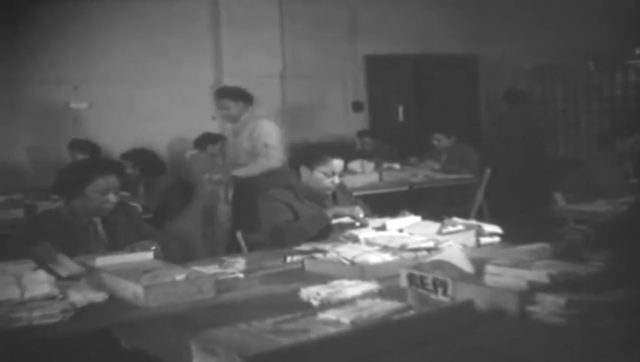
They also tracked lost and misplaced mail, corrected addresses, found out who was still alive and who wasn’t, and broke the bad news to family back home. They got no thanks for it.
Because the women worked in 24/7 shifts, not all were present during one inspection. A white superior accused Charity of negligence and threatened to replace her with a white officer to show her “how it was done.”
“Over my dead body, sir!” Charity replied.
He threatened her with a court-martial. She filed charges against him for racism. The matter was dropped.
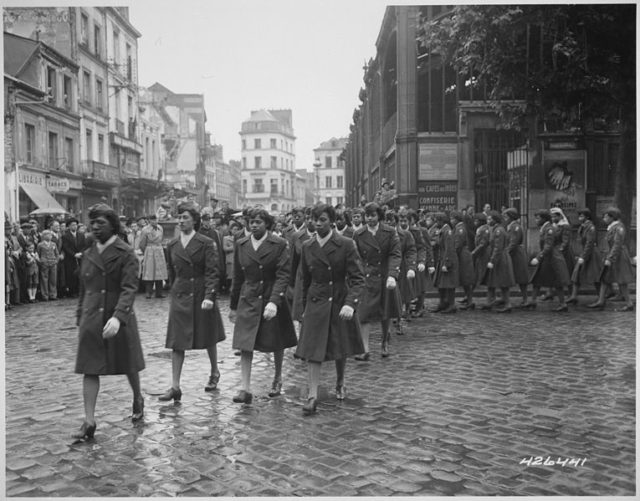
Although they had a six-month deadline for clearing the mail, they did it in three. And because they were under constant scrutiny by military and civilians, Charity ordered her team to always be well-groomed and in complete uniform, regardless of the weather.
Having cleared that backlog, they were sent to Le Havre, France on June 9th, 1945. There they participated in a victory parade before getting to work. On July 8th, they were on their way to Rouen when two members died in an accident. Since the War Department wouldn’t pay for the funerals, the 6888th had to dig into their own pockets.
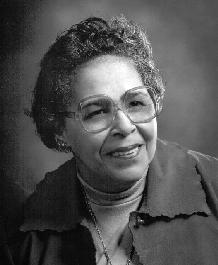
They were then sent to Paris in October to help with civilian mail, a job they stayed at until February 1946 when they returned to the US. Unlike the white troops, there was no parade for them, nor official recognition of what they had done.
Charity’s last post was that of Lieutenant Colonel, the highest-ranking black woman in the military at the time. She quit shortly after her return, completed her masters degree, and went back to teaching. Official recognition and awards only started pouring in during the latter half of the 1960s.
https://www.youtube.com/watch?v=G2_0HZMv2dA
